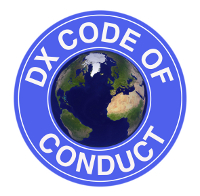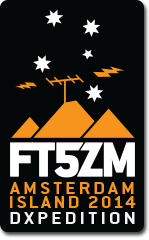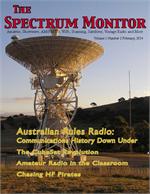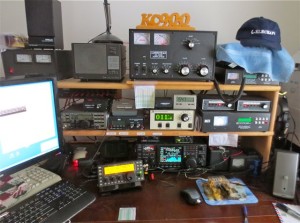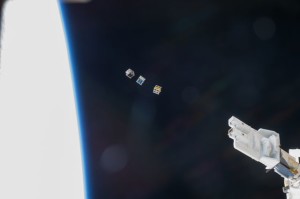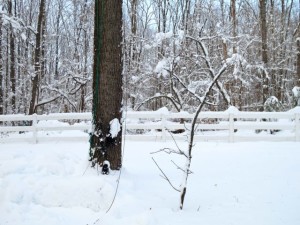As I listen to some of the high profile Dx-peditions I amazed by the bad behavior that I hear in the pile-ups. I know that all of us have probably called on a DX frequency once or twice because we hit the wrong button on our transceiver or did not know the station was working split but what I’ve heard in the past two to three years goes well beyond the common errors of inexperienced DXers. Some of the things I’ve heard include:
- Deliberate jamming of the DX stations frequency
- Calling CQ on the DX stations frequency
- Sending their call sign continuously in the pile-up
- Continuing to send their call sign while the DX station is working another station, and of course our favorite
- The policemen sending UP, UP, LID, LID and sometimes even answering the caller as if they are the DX station all while the DX station is trying work stations.
I’m sure most of you could add to this list.
I know in every large group their are probably going to be a few bad apples which even a code of conduct will not cure. However, for the rest of us the DX Code of Conduct provides a list of “good” operating practices which will not only improve our DXing success but will make it much more enjoyable working DX.
73,
Fred, KC9QQ
DX Code Of Conduct
- I will listen, and listen, and then listen again before calling.
- I will only call if I can copy the DX station properly.
- I will not trust the DX cluster and will be sure of the DX station’s call sign before calling.
- I will not interfere with the DX station nor anyone calling and will never tune up on the DX frequency or in the QSX slot.
- I will wait for the DX station to end a contact before I call.
- I will always send my full call sign.
- I will call and then listen for a reasonable interval. I will not call continuously.
- I will not transmit when the DX operator calls another call sign, not mine.
- I will not transmit when the DX operator queries a call sign not like mine.
- I will not transmit when the DX station requests geographic areas other than mine.
- When the DX operator calls me, I will not repeat my call sign unless I think he has copied it incorrectly.
- I will be thankful if and when I do make a contact.
- I will respect my fellow hams and conduct myself so as to earn their respect.

